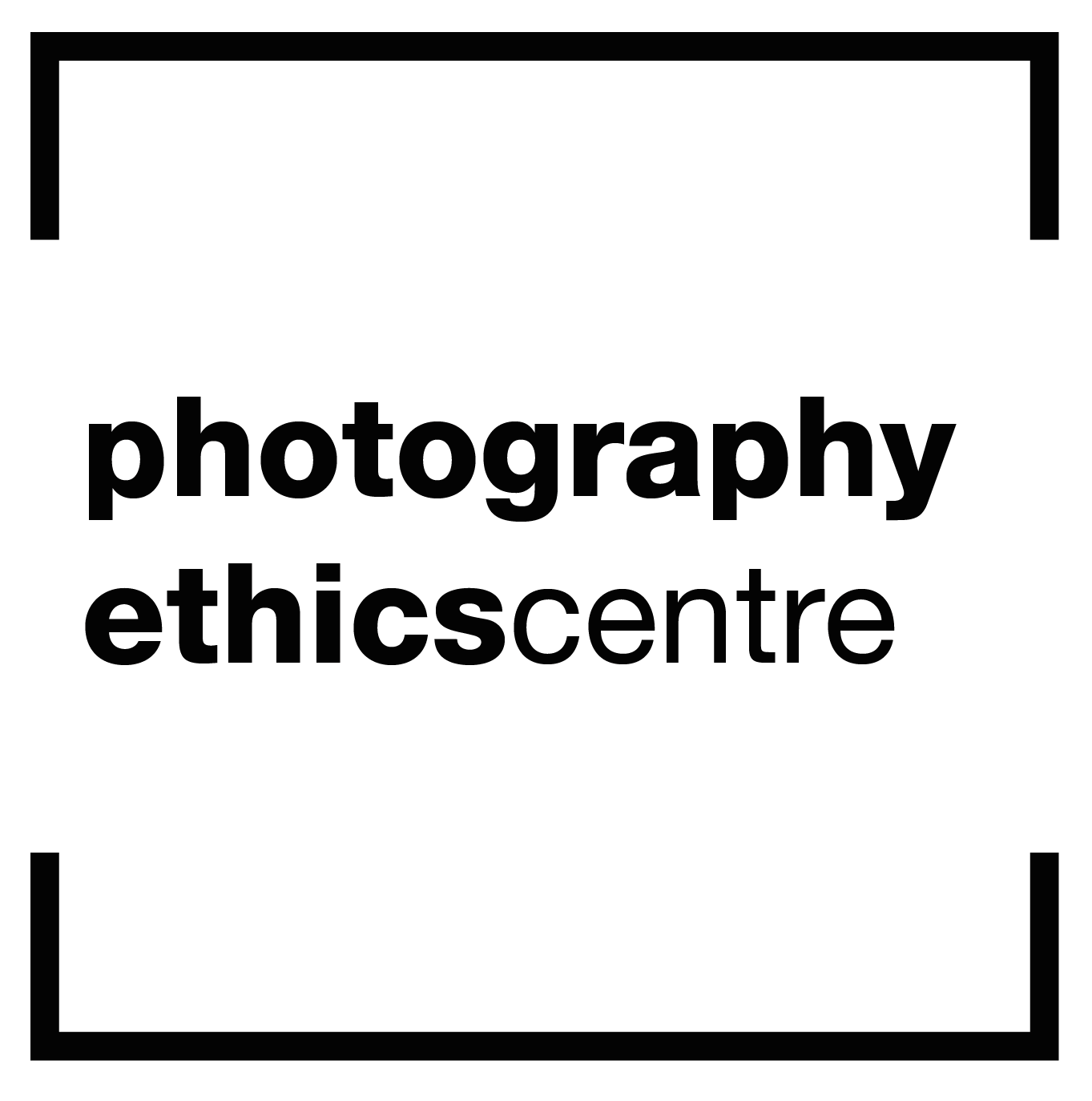Toby Smith: On climate visuals
In this episode, we talk with Toby Smith about climate visuals. Toby explains what can make a photograph of climate change successful. He discusses ineffective old tropes, such as images of polar bears, to more effective photographs that allude to solutions or agency. Toby also describes the ethical considerations that went into setting up the Visualising Climate Change open call initiative, as well as the seven Climate Visuals principles.
What you’ll find inside:
‘Sadly a lot of the photography out there around climate can be really illustrative but it’s not impactful, it’s not landing with any emotional resonance.’ (2.04)
‘One of the nemesis’ of my line of work is actually the polar bear. It’s one of the images we associate most strongly with climate change but some of the research Climate Visuals does and social scientists and researchers and papers suggest that actually it’s become a really ineffective, worn out, metaphor for climate change.’ (2.47)
‘How can we invite and give stage and presence to more participation? And that participation must be the kind of diverse voices and people that are often the frontline of climate.’ (6.27)
‘We need to balance that type of newsfeed and that type of emotional connection with climate solutions and positive stories, especially ones that… we feel able to have agency.’ (9.23)
‘Those principles should be something that should empower and give them extra resources in how they go about their practice but shouldn’t at all impinge or overrule the different values and ethics systems that they might operate with their community.’ (21.50)
‘Anyone, of any age, anywhere in the world will be able to read an image and it’s integrity instantly. It’s a gut feeling.’ (23.06)
‘Imagery showing climate change causes at an individual level - two examples I like to use are someone enjoying a steak dinner or someone firing up their gas-guzzling V8 sports car - these can actually have the effect of being quite accusatory, or quite individually pointy at certain people or cultures. And it actually gains a kind of defensive reaction from people which doesn’t necessarily get the right traction. Whereas showing industrial agricultural feedlots or showing congested highways - people can see themselves in that image but they don’t feel defensive as to their role within it so it’s much more effective.’ (23.50)
‘It’s really important we bust out of the green bubble. We need to think more about how we can engage with conservative audiences.’ (26.57)
What does photo ethics mean to Toby?
‘I think to me, photography ethics, I can’t narrow it down into a single part. To me the most important aspect, I feel personally, is around content production - partly because that is the foundation of where all photography comes from, is the lens in situation producing work. If the person holding that camera producing that work is engaging with their story and their subject matter with the right values and ethics then that’s a great start, and sadly that sense of control or ethics of value can’t always accompany an image as it floats off into it’s distribution networks. But I feel like that’s where we have to start, is the values and ethics of content production. And then maybe the other place to start is the value and ethics of content distribution, and somewhere in the middle there might be places in which we can exert some control for the right reasons.’ (37.50)
Links:
Toby Smith is the Climate Visuals Programme Lead and Media Liaison with a strategic goal of expanding their presence, influence, and impact in the media and photographic sectors. Based in the south-west of England, Toby has over 12 years of experience in environmental and editorial photography. Climate Visuals, a programme of Climate Outreach, uses an evidence based approach to design and catalyse a more compelling and diverse visual language for climate change.
You can see his work at http://www.tobysmith.com and the work of Climate Visuals at http://climatevisuals.org.
Thank you to Redeye, The Photograph Network, for partnering with us to produce Season 3 of The Photo Ethics Podcast. Redeye is a not-for-profit organisation with a strong ethical focus, offering support and opportunities to help you advance your photography and your career. Find out more at http://www.redeye.org.uk.
